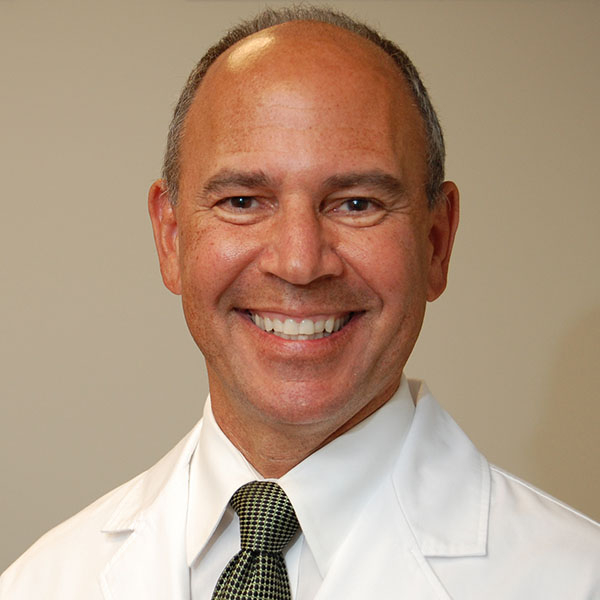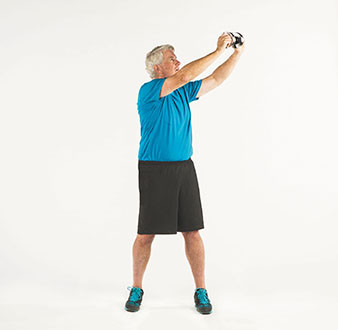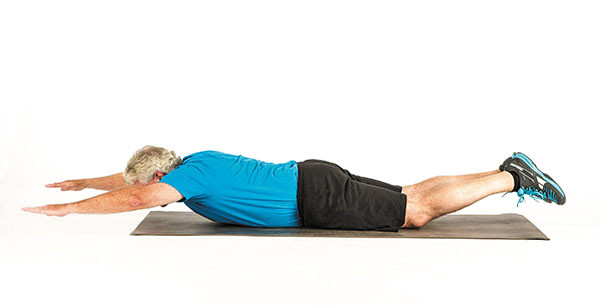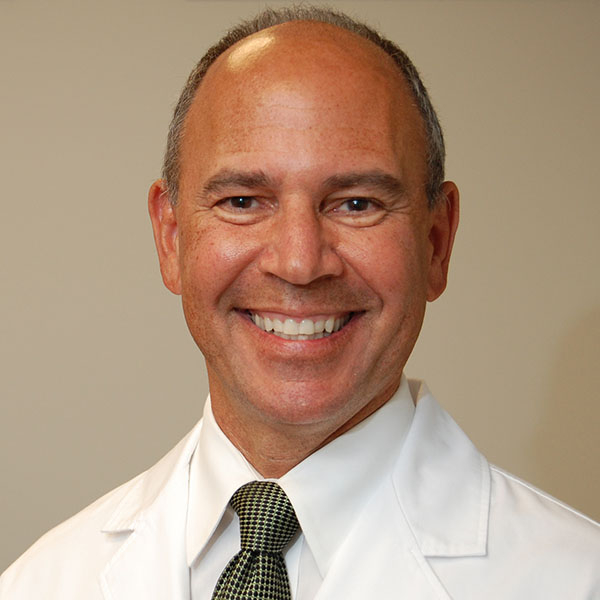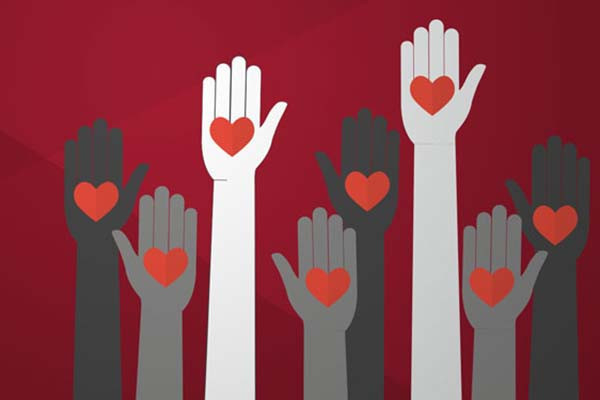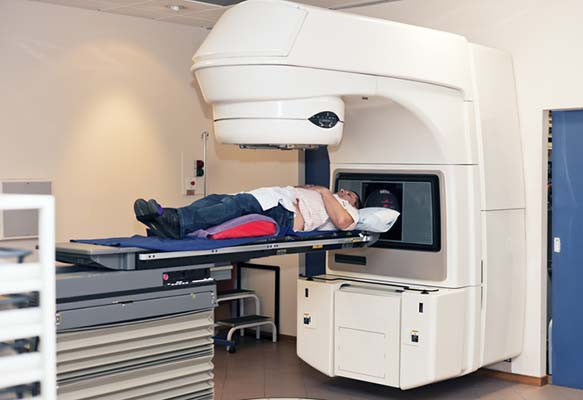5 great tips for sustainable summer living


Sustainable living treads lightly on natural resources and follows a rethink, reuse, repurpose mantra to minimize waste.
Big and small wallet-friendly tips can help you save money and befriend our planet this summer, says Dr. Wynne Armand, a primary care physician at Harvard-affiliated Massachusetts General Hospital, and associate director of the Mass General Center for the Environment and Health. Here are five great tips to get you started.
1. Embrace the 5 Rs
Refuse, reduce, reuse, repurpose, and only then recycle is a well-laid out sustainability strategy promoted online by the Cincinnati Recycling and Reuse Hub. Do you really want or need a shiny new object? Where can you share tasks or tools? What could you swap, give away, or buy used? How could you slim down your recycling stream?
Give yourself permission to start here: Nobody is perfect. We all have preferences and sustainability blind spots, fumbles, and “sorry, just no” feelings. Start where you are and add on when you can.
2. Cut down on cooling energy
Summer heat can endanger your health, and paring back on energy use isn’t always possible or wise. Still, it may be possible to:
- Stay cooler naturally. Pull down shades during daytime hours to block out hot sun. Open windows at night if the temperature cools down, and to capture cross breezes if possible. Dress in loose cotton clothes and wear a shading hat when outdoors. Remember that sun bounces off lighter colors and is soaked up by black or darker colors. Make your own shade by carrying an umbrella on sunny — not just rainy — days. “Prepare meals that don’t require cooking or baking, since that saves resources and keeps your home cooler,” advises Dr. Armand.
- Seek shade and cool spots. If you don’t have air conditioning or you worry about the bills, green, leafy spaces like parks can help cool you down. Cities and towns often open cooling centers, splash pads, and public pools. Public buildings like libraries and malls are available during daytime hours for anyone trying to beat the heat.
- Turn up the temperature. On air conditioning, that is. If you’re fortunate enough to have air conditioning at home, follow natural cues. When you’re shivering, sweater-seeking, or tucked up under blankets, push the temperature up to save energy and money.
3. Save resources
A sharp eye for energy savings may help pare down bills, too.
- Electrify. Shrink your carbon footprint and help cut air pollution by using electric grills, mowers, and other landscaping tools. When tools or appliances need to be replaced, consider electric options.
- Conserve energy. Turn off electrical equipment that is not in use in the office and at home, such as lights, TVs, computers, copiers, and printers.
- Go low when demand is high. “During peak electricity demand, ensuring stability of the grid is essential to public health,” says Dr. Armand. “Avoid using appliances like dishwashers, washers, or dryers during periods of high demand. Instead, do these chores — and charge your electric car, if you have one — late at night.” Some energy-hogging appliances have timers to help with this.
- Sign up for Shave the Peak alerts. Know when to curb your electricity use to avoid times when your local electric grid is relying on nonrenewable, expensive, polluting fossil fuels.
4. Stay heat-aware and hydrated
Saving resources is a worthy goal, but not at the expense of staying safe and healthy when summer temperatures spike.
- Make plans to stay cool. When summer swelters, having an affordable, personal plan to cool down — especially during heat waves — can be lifesaving.
- Watch out for signs of dehydration. Drinking plenty of water and eating water-rich foods like lettuce, cucumbers, melon, and citrus fruits can help you stay well hydrated. Water-filling stations for reusable bottles cut down on single-use plastic bottles and help save money at the grocery store.
- Know how to treat heat rash and more serious heat-related illnesses. The small, itchy red or darkened bumps of heat rash (prickly heat) occur when sweat ducts become blocked or inflamed. This makes it harder for children and adults to cool their bodies down. Generally, too much heat can harm our bodies, particularly if we work outdoors, take certain medicines, or have certain illnesses.
5. Kickstart sharing circles
Sharing circles can help you expand a wardrobe, tool shed, or taste in foods — all while building community.
- Start local, then consider expanding. Brainstorm with a few friends on what you all might like to share or swap. Think seasonal: gardening tools, outside décor, summer sports (because not everyone needs to own a paddleboard). Local clubs, block associations, or public spaces like libraries and schools may be willing to host community swaps and shares. Some communities have swap sheds and some libraries loan gadgets and even appliances like a portable induction cooktop burner, tech and home-improvement tools, games, and much more.
- Summer supper club. Perfect for those overloaded with summer harvests from window boxes, community gardens, or a CSA share. Build a theme around what’s fresh, local, and low-cost. Plant-forward menus are good for health and for the planet. Cultural inspiration always helps. And having one person cook — or stressing no-cook recipes — saves resources.
- Cut your clothing allowance. Tired of your wardrobe? Gather friends for a summer clothes and accessories swap. Be sure to agree on rules: gently-used, carefully washed, no stains, and so on.
- Hot spots. “Gathering at a friend’s or neighbor’s home for fun games and festivities on hot days is a great way to build community while saving on energy costs for cooling. And rotate for that next hot day!” says Dr. Armand.
About the Author

Francesca Coltrera, Editor, Harvard Health Blog
Francesca Coltrera is editor of the Harvard Health Blog, and associate editor of multimedia content for Harvard Health Publishing. She is an award-winning medical writer and co-author of Living Through Breast Cancer and The Breast Cancer … See Full Bio View all posts by Francesca Coltrera
About the Reviewer
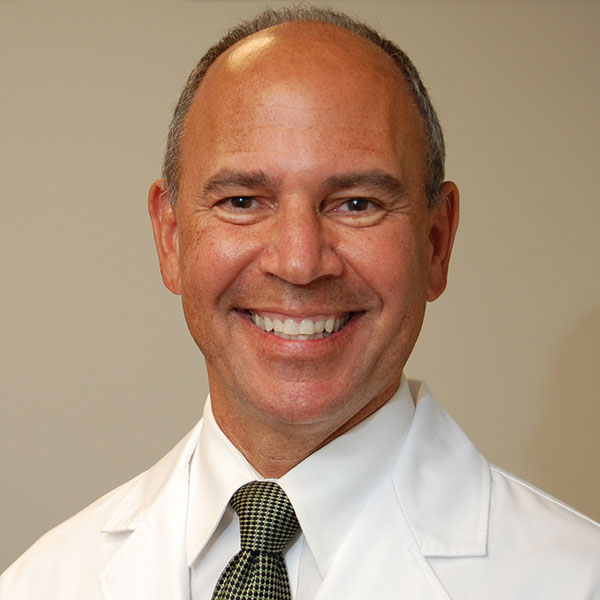
Howard E. LeWine, MD, Chief Medical Editor, Harvard Health Publishing
Dr. Howard LeWine is a practicing internist at Brigham and Women’s Hospital in Boston, Chief Medical Editor at Harvard Health Publishing, and editor in chief of Harvard Men’s Health Watch. See Full Bio View all posts by Howard E. LeWine, MD









